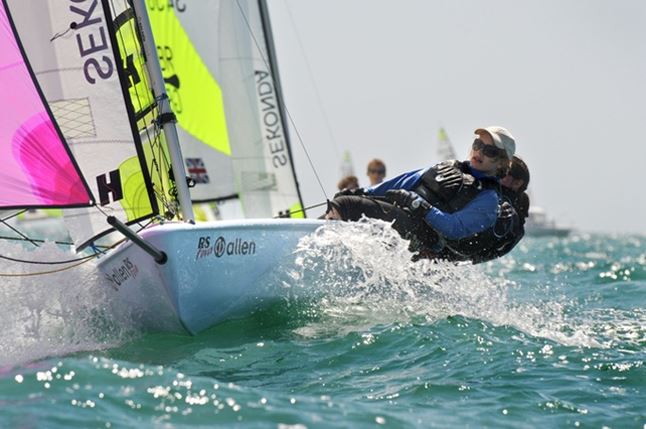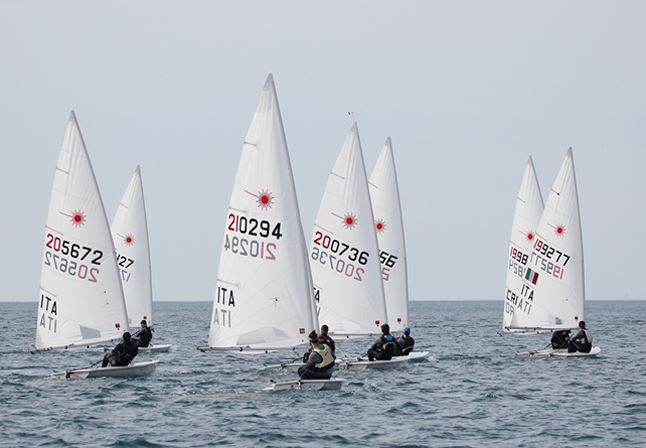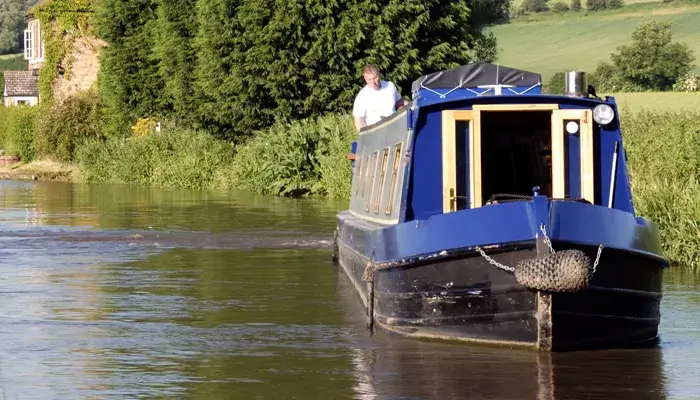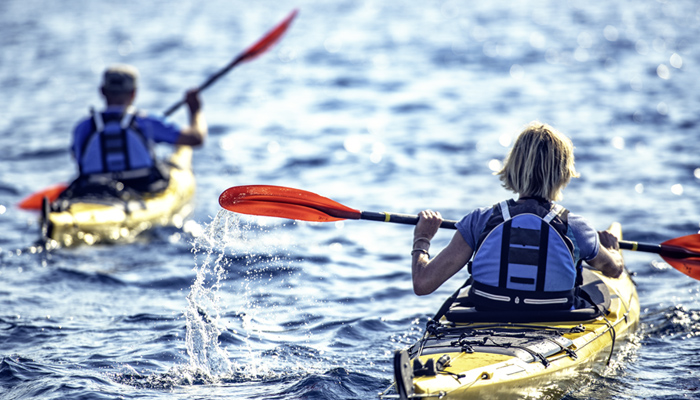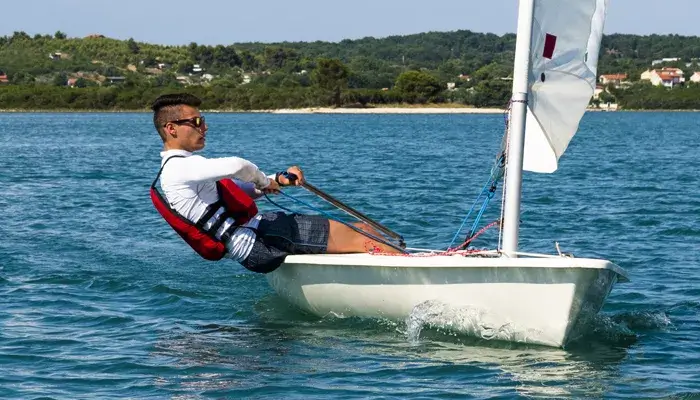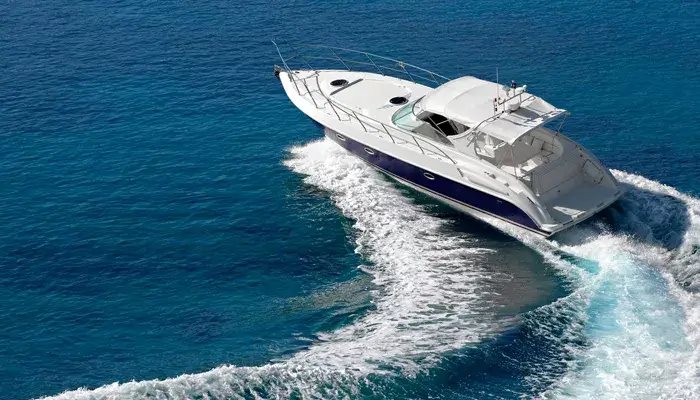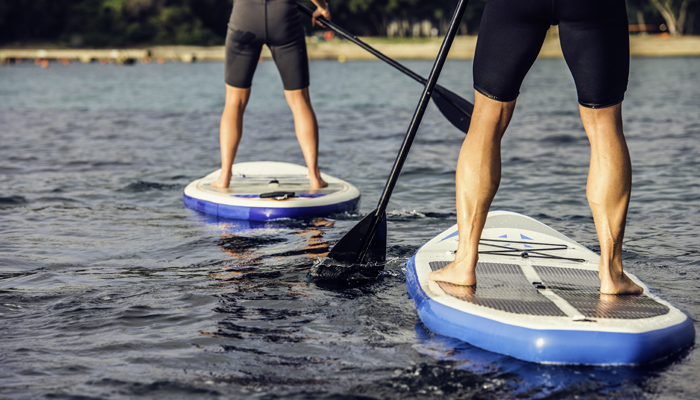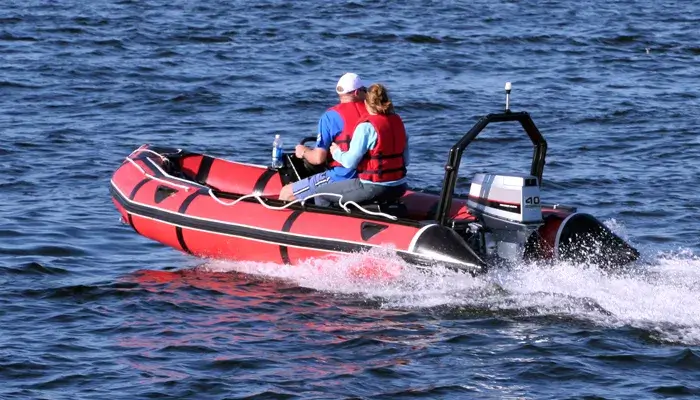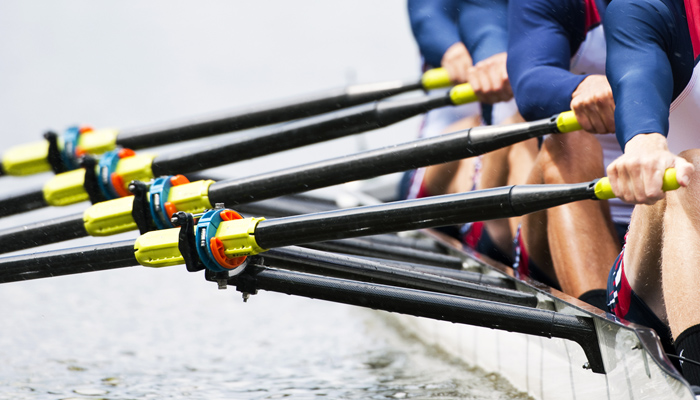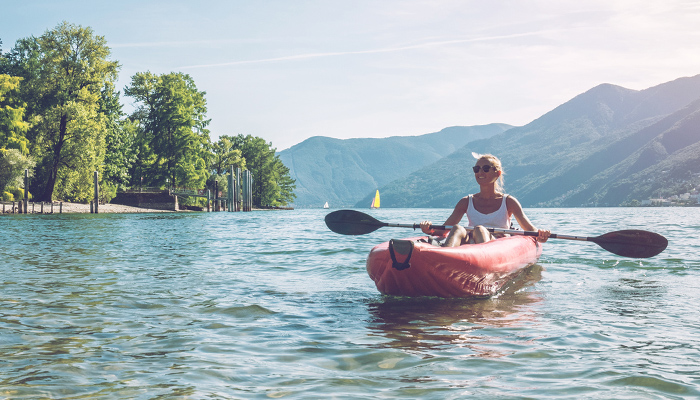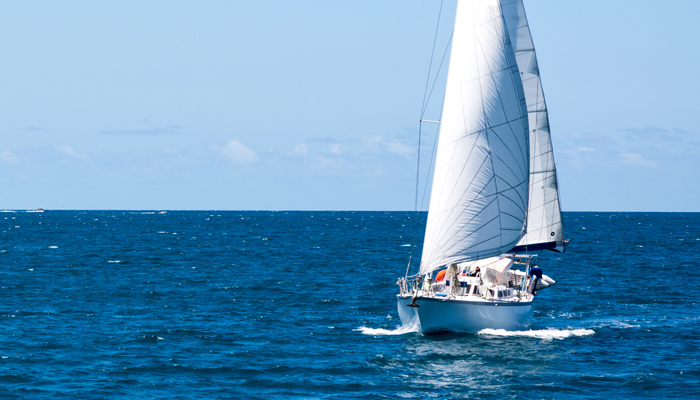A Guide to Buying a Dinghy
Advice when Buying a Dinghy
Our sailing dinghy guide advises you on how to get involved in the world of sailing and the importance of gaining some knowledge and experience before you buy. Keep reading to get inside knowledge on buying your first dinghy.
Variety of sailing dinghies
Sailing can be very tranquil or it can be very high octane, like contrasting a quiet country walk to running a marathon.
There is a massive variety of sailing dinghies out there, from starter boats like the Optimist and Pico, to sophisticated high performance racing machines like the RS 800 and the 49er - double-handed skiffs that require considerable skill to handle.
Are you thinking of buying a dinghy?
If you are thinking of buying a sailing dinghy, then a good place to start is to ask yourself the following two questions:
-
Have you owned a dinghy before?
-
Do you have enough sailing experience for the type of dinghy you have in mind?
If the answer is no, then you have some useful background knowledge and it is now a matter of hunting for the right boat to suit your needs and wallet.
If the answer is no then you need to pause for a moment and ask yourself some more questions:
-
If you are new to dinghy ownership, do you know any owners who can share their experiences with you?
-
Are you a member of a sailing club?
-
How much dinghy sailing experience do you have?
-
How much do you know about the types of dinghy available?
-
Do you want to be able to sail single-handed or with a crew?
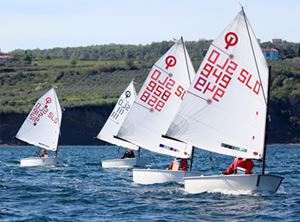
Then, and this really applies to anyone who is looking to buy, whatever their experience, there are some other considerations:
-
Are you going to buy new or used? There are pros and cons for both.
-
Wooden dinghies can look more appealing but require a lot of maintenance to keep in good condition.
-
What is your budget? Remember to factor in all your costs, not just the boat itself
-
Is it best to buy through a broker or privately?
While these questions might all seem like common sense to someone who has bought a boat before, you really don’t want to be tempted into buying until you have thought everything through and come up with a plan that makes sense for your own situation and circumstances.
Dinghy class associations
To get an understanding of some of the most popular dinghies in the UK, it is a good idea to browse the dinghy class association websites (see table below for links to websites - note there are many other excellent dinghies to be discovered, this is just a small selection).
Type of dinghy |
Make |
Description and link to class association |
|
Boats for children |
Optimist |
Very popular single-handed starter boat for younger children. Raced widely and highly competitive class. Single sail. See class association here: https://www.optimistsailing.org.uk |
|
Topper |
Very popular for children but can also be sailed by young adults. Single-handed. Single sail. Many clubs have large Topper racing fleets. Tough and almost maintenance free. See class association here: https://www.gbrtopper.co.uk/news.php |
|
|
Pico |
Small two handed dinghy with jib and mainsail. Can be used as a family starter boat. See class association here: https://www.sailingnetworks.com/organisation/view/94 |
|
|
Boats for young adults |
Feva |
Strong and durable boat, ideal for learning and one of the most popular double handed junior boats. See class association here: https://www.rsfeva.org.uk |
|
Laser Radial |
The Laser is a very popular single-handed racing boat. the Laser Radial is suited for young adults as it has a shorter mast and smaller sail than the Olympic class Laser which is ideal for heavier and stronger adults. See class association here: https://www.laser.org.uk |
|
|
420 |
The 420 is a double handed dinghy with a jib, mainsail and spinnaker. Very popular racing boat raced internationally. See class association here: https://gbr420.uk |
|
|
29er |
High performance skiff dinghy. Asymmetric spinnaker for fast downwind sailing. Light, fast and re-quires plenty of skill. See class association here: https://www.29er.org.uk |
|
|
Racing Dinghies |
Laser |
The Laser has the same hull as a Laser Radial but a higher mast and bigger sail area, making it more powerful and potentially faster than the Radial. See class association here: https://www.laser.org.uk |
|
RS 200 |
Very popular two handed dinghy with a huge following which is raced on the open sea and lakes worldwide, very successfully. See class association here: https://uk.rs200sailing.org |
|
|
RS 800 |
Twin trapeze skiff, flat and narrow hull, with asymmetric spinnaker. Fast and challenging to sail. See class association here: https://www.rs800.org |
|
|
49er |
The ultimate very fast double handed skiff. See class association here: https://www.49er.org.uk |
|
|
Cruising Dinghies |
Wayfarer |
Much loved cruising dinghy ideal for family sailing - room for up to 6 people. Has a chined hull and more displacement than lighter dinghies, which skim over the waves. Heavier than most dinghies, but stable and less prone to capsize. See class association here: https://wayfarer.org.uk |
|
Wanderer |
Slightly small than the Wayfarer, also very popular. Room for up to 4 people. Stable and easy to sail. See class association here: https://www.wanderer.org.uk |
|
|
Kestrel |
Good responsive handling and a well proven, stable dinghy, ideal for cruising as well as racing. See class association here: https://www.kestrel.org.uk |
Choosing a sailing club
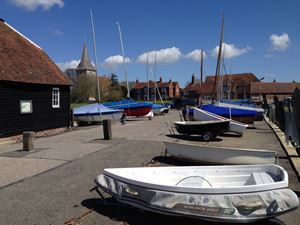
By joining a sailing club, you are going to come into contact with likeminded people who all share an interest in sailing. Most clubs offer training courses and there’s normally someone who can come to your rescue if you get into difficulty. Safety is an important factor that all clubs take seriously.
If you are unsure about which club to join, then get in touch with two or three in your area and com-pare what they each have to offer. Fees can vary, according to location, facilities and popularity. Typically, clubs make different charges for juniors, students and adults with some clubs offering attractive family membership deals. Prices vary from club to club, so it is worth shopping around.
Aside from costs and location, here are some factors to think about:
-
What classes of dinghy are popular at the club?
-
Do they run training courses?
-
Ask about the club’s race programmes
-
Can dinghies be launched at all states of the tide?
-
Is dinghy storage available (some clubs have waiting lists and space is limited)?
-
What about the social calendar - most clubs have regular social events.
Searching for a dinghy
Once you have a better idea of the type of dinghy you are looking for and have a budget in mind, then in many ways the search becomes easier. The best way to do this in the early stages is by searching online via:
-
Sailing club websites
-
Class associations
-
Online marketplaces
Most online marketplaces enable you to refine your search to suit your requirements and some have advanced search features which will notify you if a boat matching your search criteria comes on the market. Here are some recommendations for the UK to get you started:
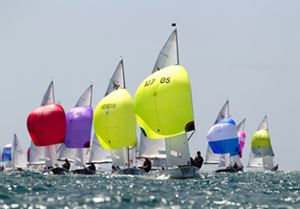
Boat shows
Visit the boat shows if you can, not only to look at the boats, but talk to the people working in the boating industry - designers, manufacturers, finance people, the training schools and more. Most will happily offer their advice at these shows and are used to doing so. There are many boat shows held around the UK during the year, the largest being London Boat Show (every January) and the Dinghy Show (March), also in London, and the Southampton Boat Show (every September).
It is also advisable to talk to the dinghy class associations as they will be able to help guide you through the boat buying process. Most are happy to offer advice and some have boats and gear for sale.
Boat inspection
The table below has some hints and tips of what to look out for when choosing a boat and checking it over. If you get seriously keen on one, then it is always advisable to have an expert check it over for you.
| Choosing a boat | Hints and tips |
| What are you going to use it for? | Cruising or racing? A cruising boat should be stable and have good stowage. A racing boat puts performance first. |
| How big? | Small boats tend to be light and manageable, larger means more accommodation. How many crew do you intend to sail with? |
| Hull inspection | It is important to check the condition of all parts of the dinghy, including hull, rudder, sails, rigging, mast, ropes and fittings. Check the hull has no deep scratches and is in a stiff and strong condition with no signs of damage. |
| Sails | Check the sails for signs of wear and tear. The sail cloth should be stiff and have a good shape. Older sails become floppy and misshapen which badly affects performance and makes the sail more difficult to adjust. |
| Rigging | Check the mast and rigging is in sound condition and hasn’t become bent or misshapen due to a cap-size for example |
| Fittings | Check the condition of blocks, cleats, control lines, toe straps, bailers. |
Dinghy excess information
About the author
Adam Summersby is a respected leader with 11 years’ varied experience in niche personal and commercial lines insurance, including caravan, site operators and excess reimbursement, with proficiency in leadership, sales and account management.
Date: October 17, 2016
Category: Boat




